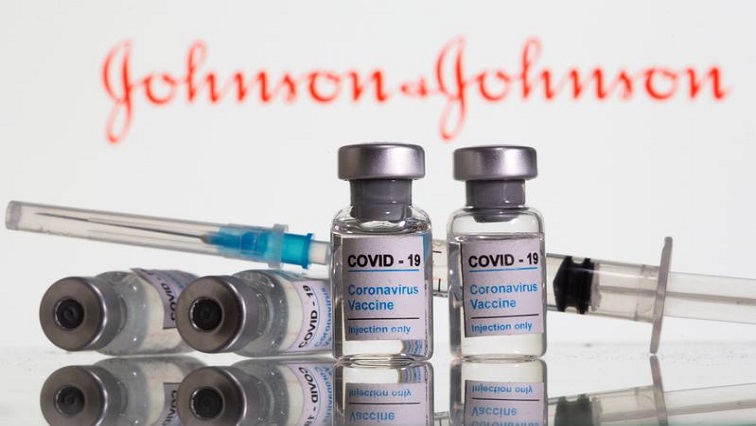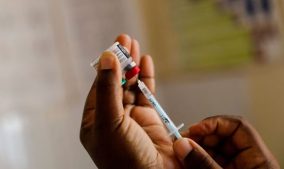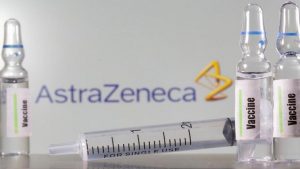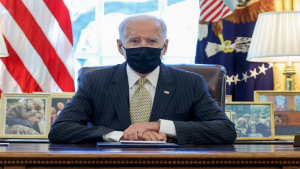The Africa Centres for Disease Control and Prevention (CDC) says it is monitoring updates from the US and South Africa over analysis being done on the Johnson and Johnson vaccine. This after the US Food and Drug Administration said that six cases of rare blood clotting were detected, following the rollout of over six-million doses of the J&J vaccine.
South Africa, which was the first African country to administer the vaccine, has also paused its use – although no cases of blood clots have been reported in the country.
Nearly 300 000 healthcare workers have already received the one-shot J&J jab in SA.
“We will be monitoring the situation very very carefully with the US FDA and the government of SA to understand more on what the findings will look like. What I think they are doing now is a detailed analysis to understand who has been affected, how they were affected, what age group is it and all those other matters and they will unpack that and be able to give us a decision on how to move forward with that vaccine,” says Africa CDC Director, John Nkengasong, during a virtual media briefing.
Africa CDC briefing on continental statistics and vaccine update:
Africa CDC says it continues to recommend the use of the AstraZeneca vaccine to countries across the continent – as the jab’s benefits outweigh the risks.
“The Africa CDC continues to recommend the use of the AstraZeneca vaccine – noting the benefits of the vaccine continues to outweigh the risks. I want to clarify that the process of acquiring vaccines are from limited sources. If you look at the countries that are contributing more than 60% of the cases, they include SA, Morocco, Tunisia, Ethiopia and Egypt,” he adds.
AU says AstraZeneca vaccine benefits outweigh risks:
On vaccine production on the continent, Nkengasong says a task team is due to be set up to determine the way forward.
The CDC says five centres will be developed across the continent over the next 15 years – aiming to manufacture 60% of all vaccines to be used in African countries.
“The launch of the African Vaccine Manufacturing partnership – in the coming days a lot of that will be put up and even a task force that will drive that process forward. We really hope that the momentum that we have will enable us to use an approach to engage with 5 regions in a way that we set up the appropriate vaccine manufacturing sites.
Our target is simple – that in the next 20 years we should be able to move away from 99% of our vaccines to importing only 40%. We should be able to manufacture about 60 per cent of our vaccines over a 20 year period of time,” he says.
Addressing Africa’s lack of vaccine manufacturing capacity:






